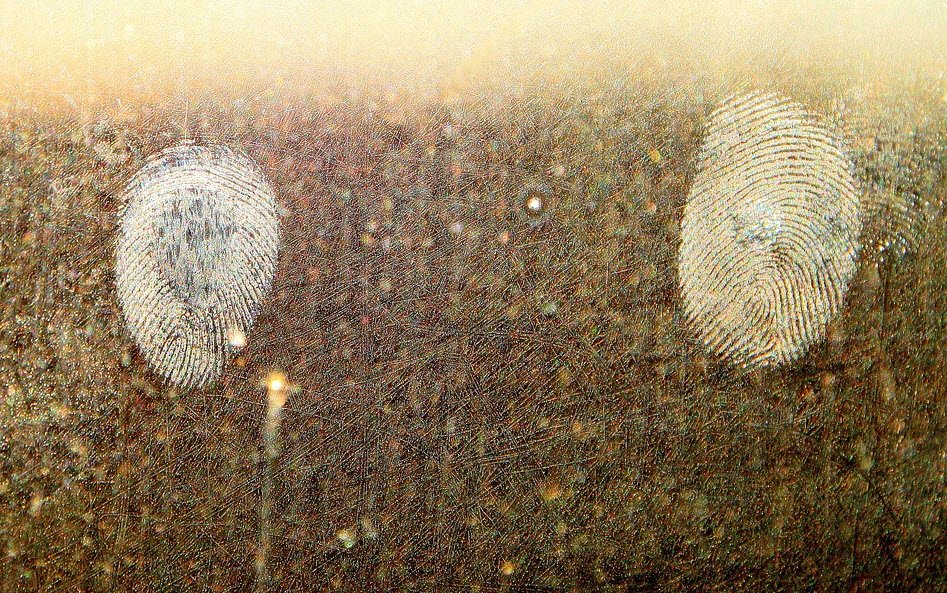
The field of computer investigations and forensics is still in its developing stages. The need for computer forensics has become more apparent with the exponential increase in the number of cyber crimes and litigations in which large organizations are involved.
It has become a necessity for organizations to either employ the services of a computer forensic agency or hire a computer forensic expert in order to protect the organization from computer incidents or solve cases involving the use of computers and related technologies.
In this article, we have identified the must-known top interview questions, to ensure your next computer forensics interview is a success:
- List the various computer forensic flaws and risks.
- Give a few examples of cyber crime.
- How do you maintain professional conduct in a computer forensic investigation?
- Describe the process for a computer forensic investigation.
- Describe the methodologies involved in computer forensics.
- Describe four types of computer crimes.
- What is involved in an internal attack?
- How are cyber crimes categorized?
- What is the purpose of a write block protection device?
- What is a TEMPEST lab? Why would anyone choose not to build a TEMPEST lab?
- Write down the various types of computer forensic investigations that can be conducted at a computer
forensic lab. - What is the purpose of a log register?
- How can a fire start inside a computer system?
- What is a UPS, and why does a lab need one?
- Describe the recommended features of evidence lockers.
- Identify and describe two types of forensic storage bags.
- Identify and describe the types of software that should be on a mobile forensic laptop.
- Explain the function of forensic archive and restore robotic devices.
- Explain the basic steps in computer investigation.
- Discuss the policy and procedure development stage of computer investigation.
- Describe the various computer investigation methodologies.
- Does an investigator need a search warrant to carry out an investigation?
- What do warning banners help a user understand?
- How do you collect evidence?
- Explain the various methods of examining digital evidence.
- How do you evaluate a case on the basis of evidence?
- Write in detail about evidence assessment.
- Write in detail about what is involved in a company policy violation.
- How do you obtain a search warrant?
- What is the chain of custody?
- Describe the responsibilities of the first responder.
- Describe the procedures for creating a first responder toolkit.
- What information should be on the front of an evidence bag?
- What are the different groups of people that might be involved in a first response?
- Describe the order of volatility of electronic evidence.
- Describe the format for exhibit numbering.
- What information should be included in documentation concerning seized equipment?
- How is an incident identified?
- What are the procedures for handling an incident?
- Describe five different types of incidents.
- What is the difference between a mid-level incident and a high-level incident?
- Describe the reasons that some organizations don’t report computer-related incidents.
- What is change control?
- Describe the steps involved in creating a CSIRT.
- Describe three examples of CSIRTs.
- What is an investigative report?
- What is the purpose of a verbal formal report?
- What is the purpose of a verbal informal report?
- What is the purpose of a written formal report?
- What is the purpose of a written informal report?
- Name four examples of demonstrative evidence.
- What is the purpose of appendices to a report?
- What is the purpose of supporting material in a report?
You can also read:
- Wireless Networks – Questions With Answers
- Python Django – Multiple Choice Questions (MCQ) with Answers
- Windows Server 2016 – Multiple Choice Questions (MCQ) With Answers
- Top 77 Linux Interview Questions to Ask Candidates
- 80 Most Important Network Fundamentals Questions With Answers
- 100 Most Important SOC Analyst Interview Questions
- Top 40 Cyber Security Questions and Answers
- Top 10 React JS Interview Theory Questions and Answers
- CISSP – Practice Test Questions – 2024 – Set 20 (53 Questions)
- Part 2: Exploring Deeper into CCNA – Wireless (145 Practice Test Questions)
- Part 1: Mastering CCNA – Wireless (145 Practice Test Questions)
- [1z0-1085-20] Oracle Cloud Infrastructure Foundations 2020 Associate MCQ Questions – Part 3
- [1z0-1085-20] Oracle Cloud Infrastructure Foundations 2020 Associate MCQ Questions – Part 2
- [1z0-1085-20] Oracle Cloud Infrastructure Foundations 2020 Associate MCQ Questions – Part 1








